GUEST BLOGGER LESLIE BARNARD BOOTH
When I was a child, I loved taking on new points of view through play and, eventually, through writing. Doing so allowed me to imagine other worlds and perspectives. It helped me cultivate not only literacy skills, but the life skill of empathy, too. My newest informational picture book, I Am We: How Crows Come Together to Survive, offers a great opportunity to teach point of view while also exploring life science content. I Am We is told from the perspective of a crow that sees itself not just as an individual, but as a member of a flock.
Step 1: Define
After reading the text, define point of view for students. Point of view refers to who is telling the story and how they see the world. The exact same event might be described differently, depending on who is telling the story.
Step 2: Discuss
- Who is telling this story?
- What is unique about this point of view?
- Is the story told from the point of view of one crow or many crows?
- Do you think crows see cats differently than we see cats? (Show the spread in I Am We with a cat in the foreground and reread the text on that spread. The text and image both suggest that crows view cats as potentially threatening.)
- How might I describe my pet cat differently than a crow would describe it?
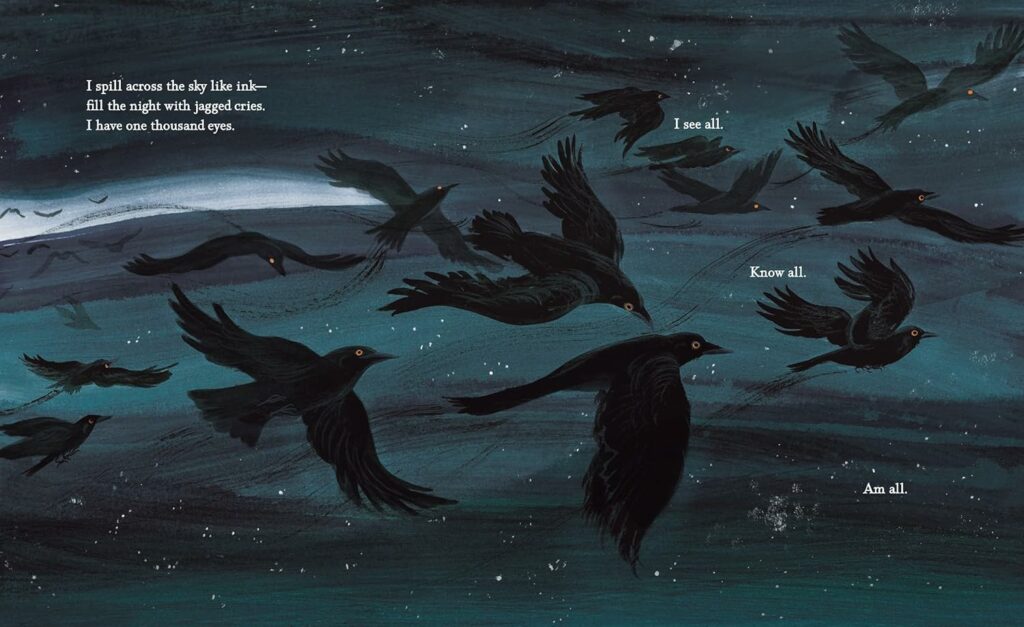
Step 3: Imagine
Now invite students to choose an animal other than a crow—it can be any animal they are curious about. Ask them to close their eyes and imagine that they are that animal.
Ask them a series of questions to help them inhabit that animal’s point of view. They don’t need to answer; they can keep their eyes closed and just imagine. Some possible questions include:
- What do you see when you open your eyes in the morning (or at night, if you are nocturnal)?
- In your imagination, look around. What is your habitat like? Where do you live?
- What do you smell?
- What do you taste?
- What do you hear?
- Are you cold or hot or comfortable?
- What do you want?
- What do you fear?
Step 4: Research
Read aloud from the backmatter at the end of I Am We. Remind students that I Am We is an informational text based on real research about how crows live. Now invite students to research their chosen animal to learn more about its habitat, senses (can it see in the dark? does it have exceptional hearing?), social dynamics, predators, prey, and other details.
Step 5: Write
Synthesizing research and imagination, students write a first person “I” narrative from the point of view of their animal. Encourage them to include sensory details using smell, taste, touch, and sound, in addition to sight, to fully capture their animal’s way of experiencing the world.
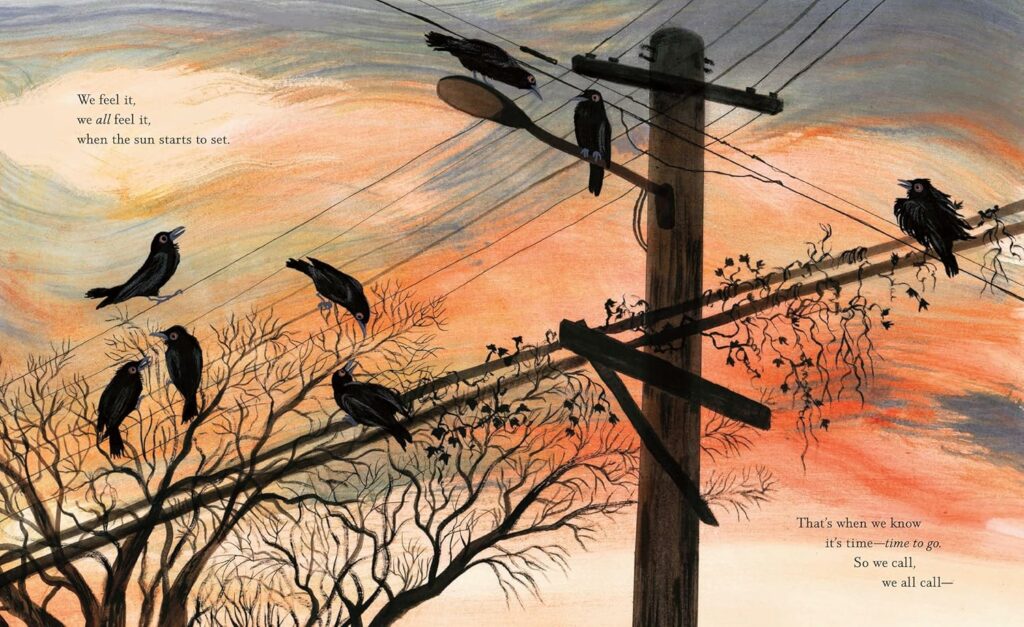
Step 6: Share
When students have completed their animal stories, invite them to read their work aloud to the class. After volunteers have shared, close out the project by discussing how different animals see the same things very differently. You may also want to discuss the different ways scientists try to study animal thoughts and feelings, barriers to understanding other species, and the mysteries that remain. This could also segue into a discussion of empathy, and how this skill can allow us to imagine the perspective of other people as well as other living things.
Featured image credit: “Black crow, black crow, tell me where you really go” by monkeyc.net is licensed under CC BY-NC-SA 2.0.
Leslie Barnard Booth writes lyrical picture books about science and nature. She is the author of One Day This Tree Will Fall, a Kirkus Best Book of the Year, ALA-ALSC Notable Children’s Book, and winner of the International Literacy Association Book Award in Primary Nonfiction; A Stone Is a Story, a Bank Street Best Book of the Year, Crystal Kite Award Winner, and NSTA Outstanding Science Trade Book; and, most recently, I Am We: How Crows Come Together to Survive. Leslie has taught at preschool, elementary, and college levels and holds an MFA in creative writing and an MS in education from the University of Oregon. Connect with her on her website, on Instagram, or on Facebook.


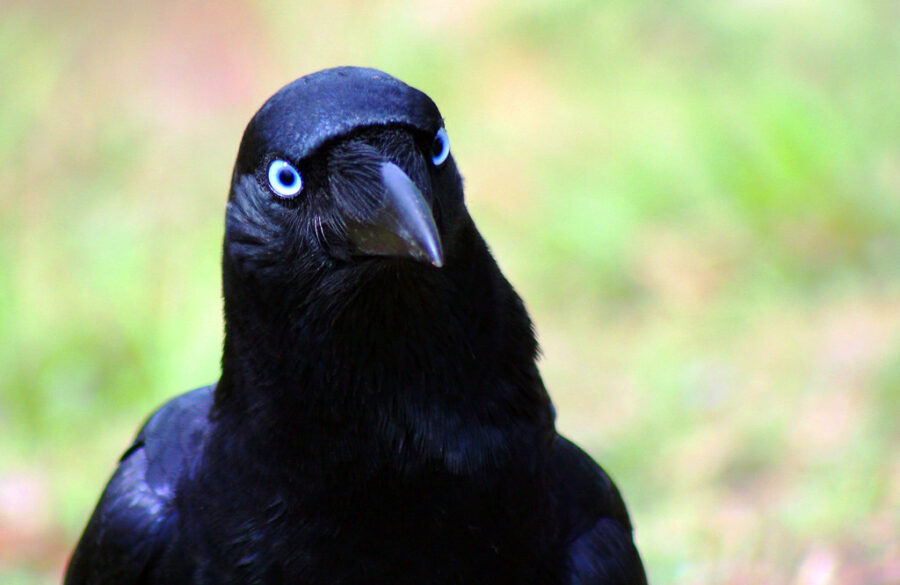
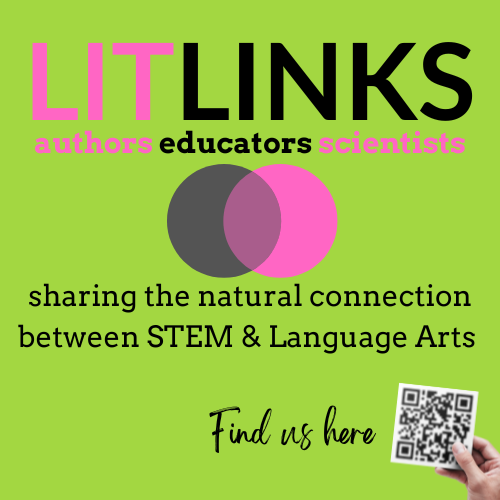
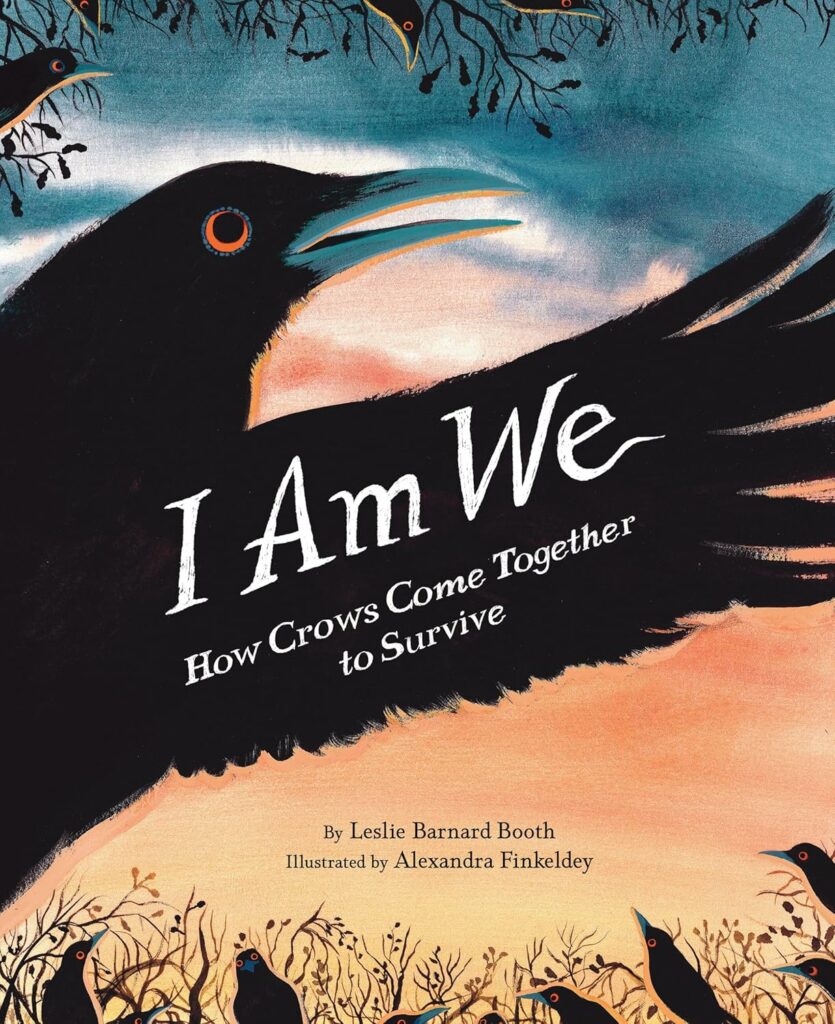

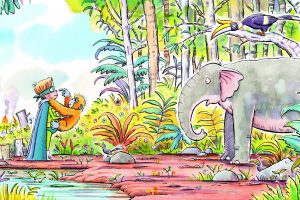


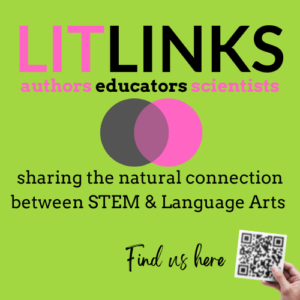
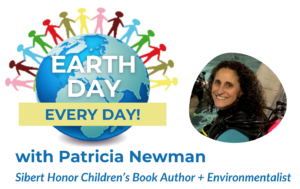
Leave a Reply
Your email is safe with me.